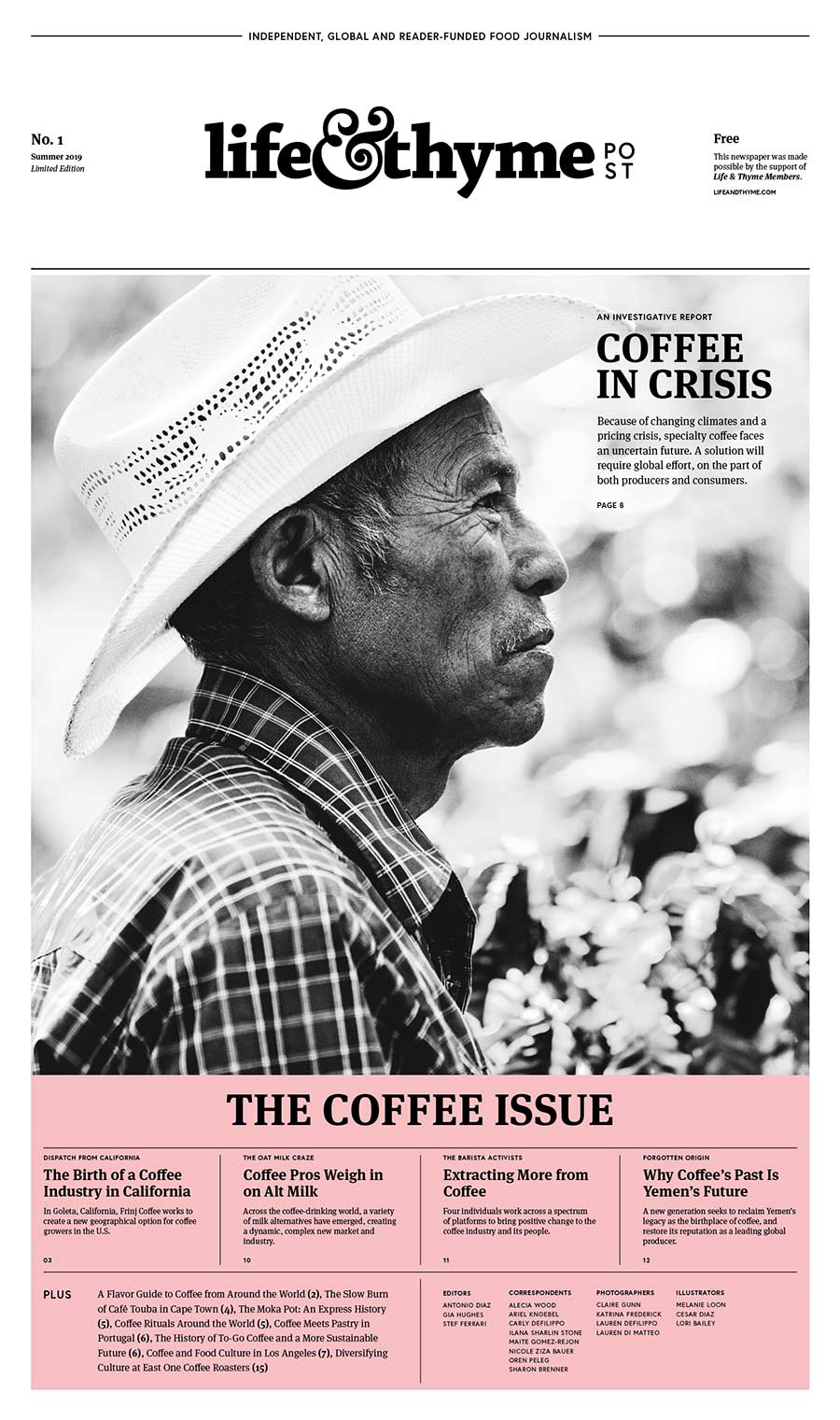
This story can also be found in our inaugural issue of Life & Thyme Post, our limited edition newspaper for Life & Thyme members.
July 26, 2019
Words by Oren Peleg
Photography by Lauren di Matteo
Editor’s Note: Be sure to read Part One of our Coffee in Crisis investigative report.
The shouts and laughter of children greet our caravan as we arrive to the village of Che’joj early one morning in late March. Che’joj is centered around a small school, an adjoining soccer pitch, and a loose orbit of farmhouses that scatter up and down the mountainside. About 250 children attend this school in the western highlands of Guatemala, not far from the border with Mexico. Some children walk an hour in each direction to be here, and a group of ten or so women prepares the children’s main meal using massive cauldrons over a wood fire.
I have joined a team from Chameleon Cold Brew this morning as they officially announce the launch of a project to bring Che’joj water filters, wood-burning stoves, and food safety classes that have resulted in the creation of a community garden. The goal is to improve the quality of life for these coffee farmers, which will in turn sustain the coffee they grow for Chameleon.
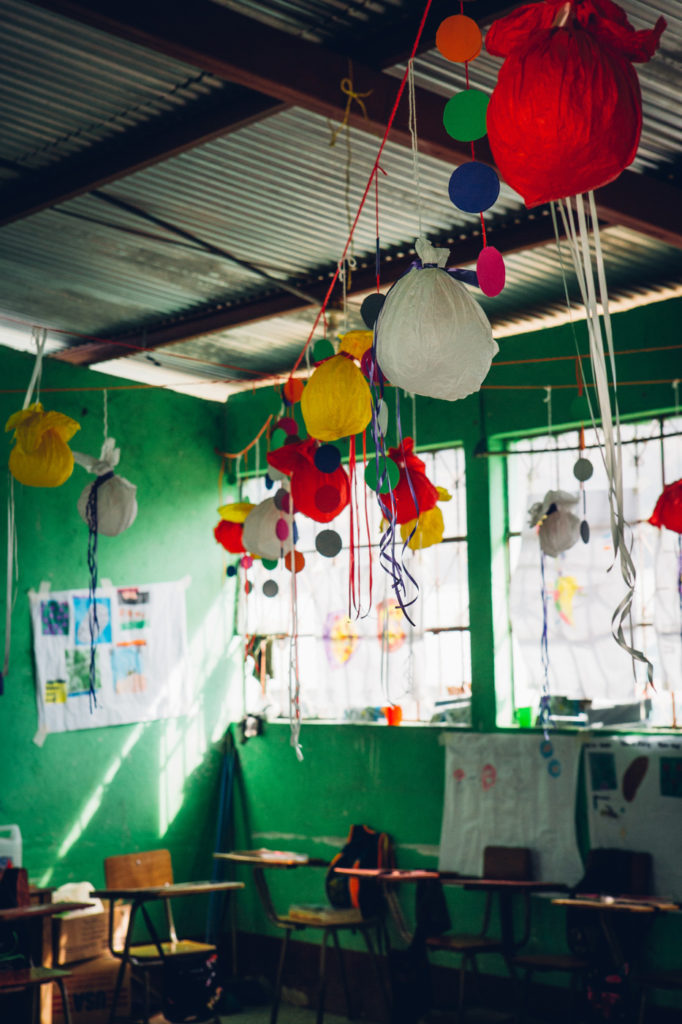
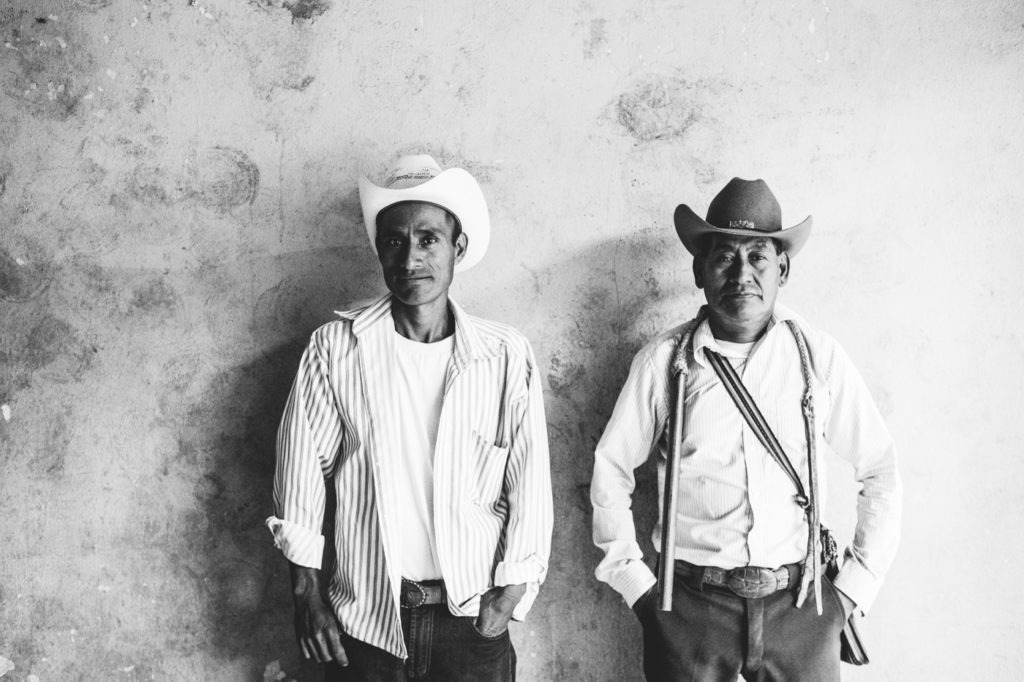
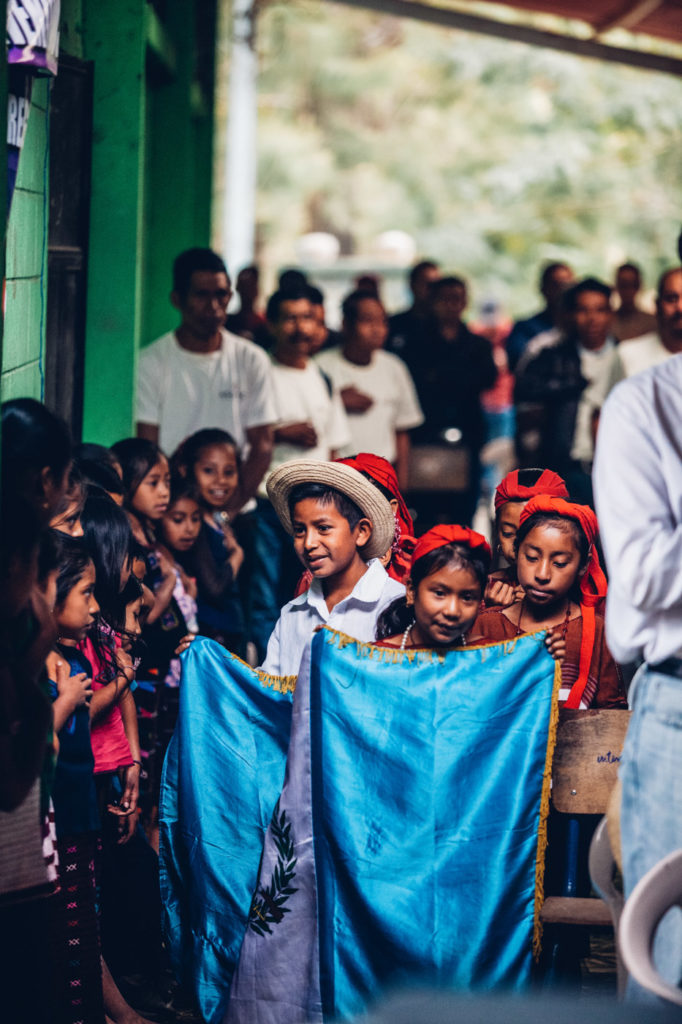
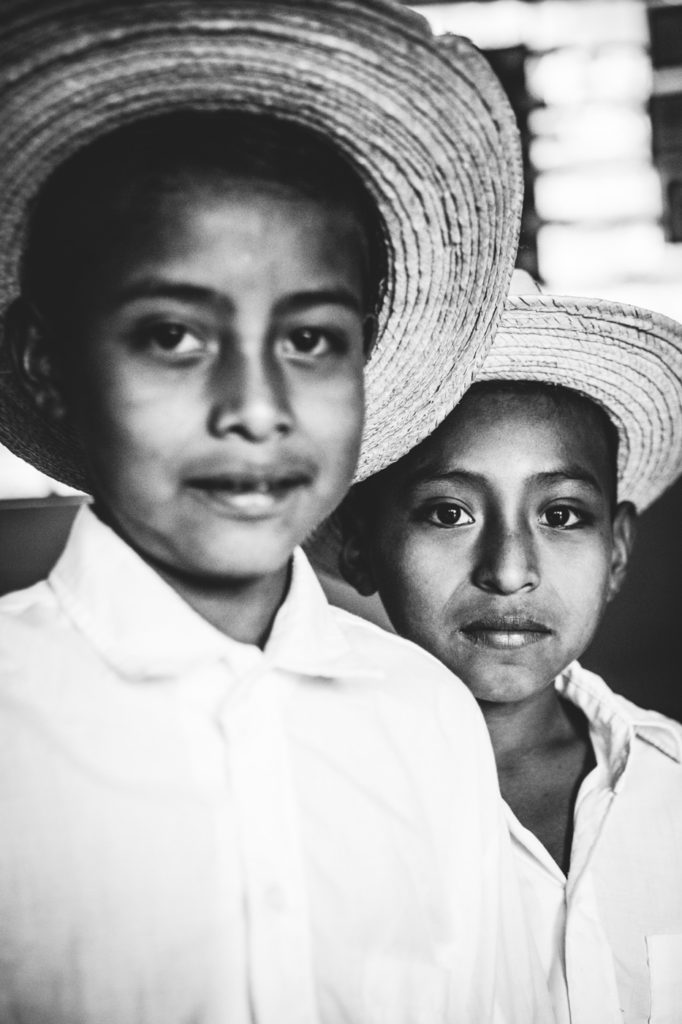
“Thank you for bringing your children here,” Chris Campbell, Co-Founder of Chameleon Cold-Brew, tells the crowd gathered in the center of the schoolyard. These improvements are designed to raise the standard of living for this community and help keep the younger generation from leaving both Che’joj and coffee farming in search of new opportunity. As Campbell continues, “We want them to see what we’re doing, the investments we’re making, and ultimately they will benefit most from all the improvements that you make with the support of our partners here in Guatemala.”
The investment comes at a time when coffee farmers—in Guatemala and across the globe—are facing the twin crises of climate change and low market prices. Farmers in Che’joj have seen their crops decimated by disease, shriveled by drought, and burnt under an intensifying sun. But the farmers are without money or resources to combat these problems, and their communities are crumbling under the pressure.
“They need a bunch of things,” Alejandro Lines Sales, the team lead for a local coffee collective, tells me of the villagers here. He lists potable water, better roads, and more assistance for the kids as chief concerns. “Coffee does not give any money,” Sales continues. “There is no money for the kids to keep on studying. So a lot of men and kids have left the women here to take over, and have left to the U.S.”
Sales himself tells me he spent a few years in the United States working construction and other odd jobs in Miami, Los Angeles, San Francisco and Boston before returning to his home in Guatemala.
For those who have stayed, coffee farming can no longer cover the cost of living. Some farmers have taken up additional crops—corn, potatoes, beans—to make ends meet, but drought and rising temperatures have meant little success.
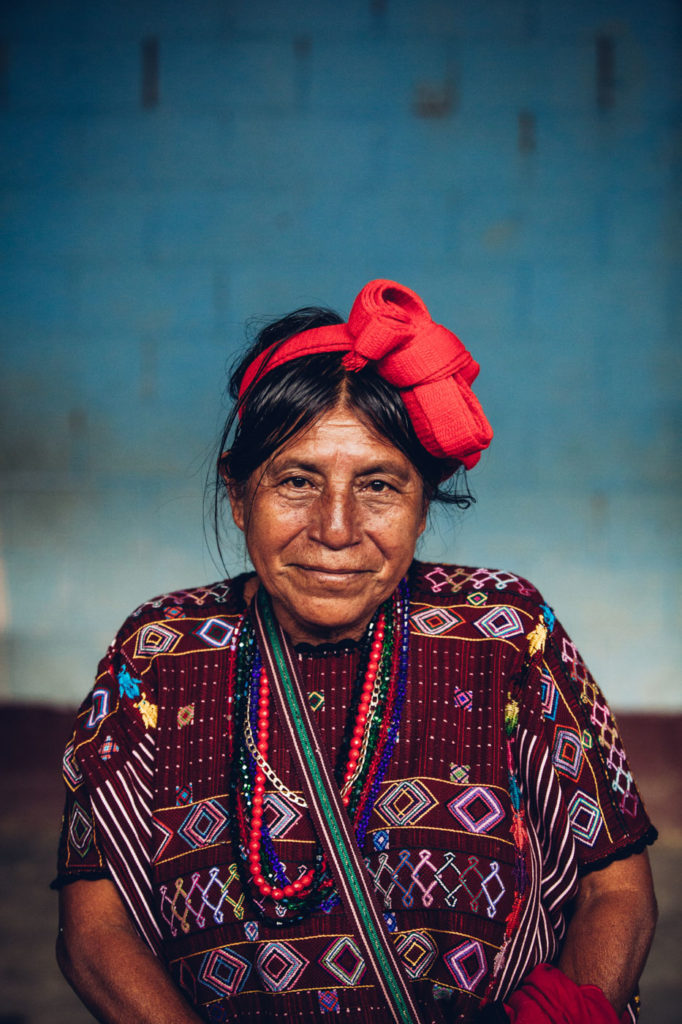
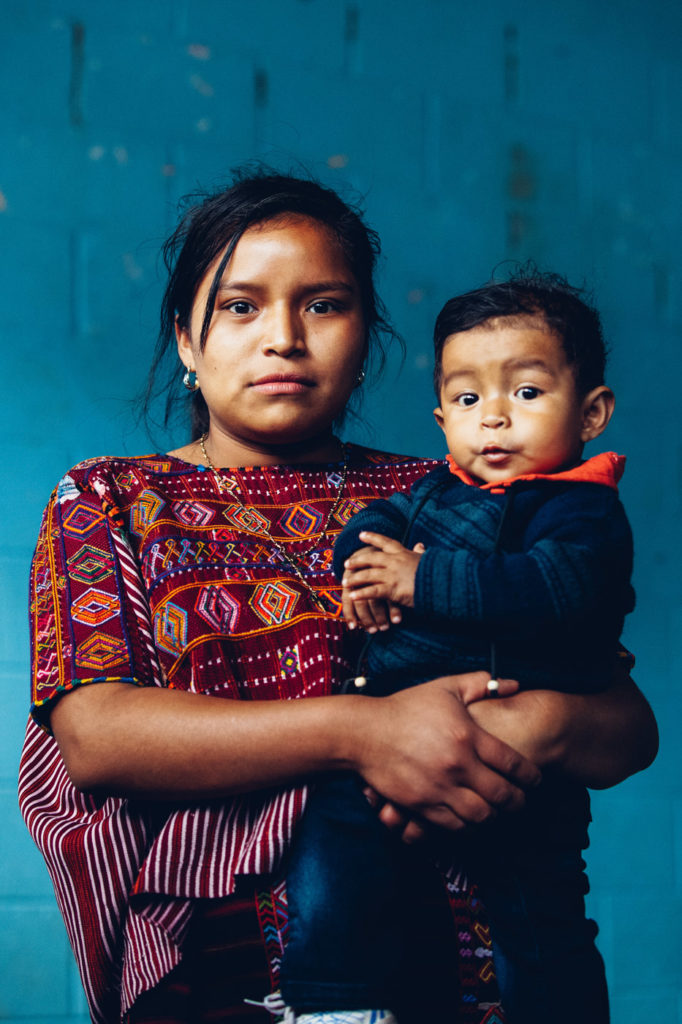
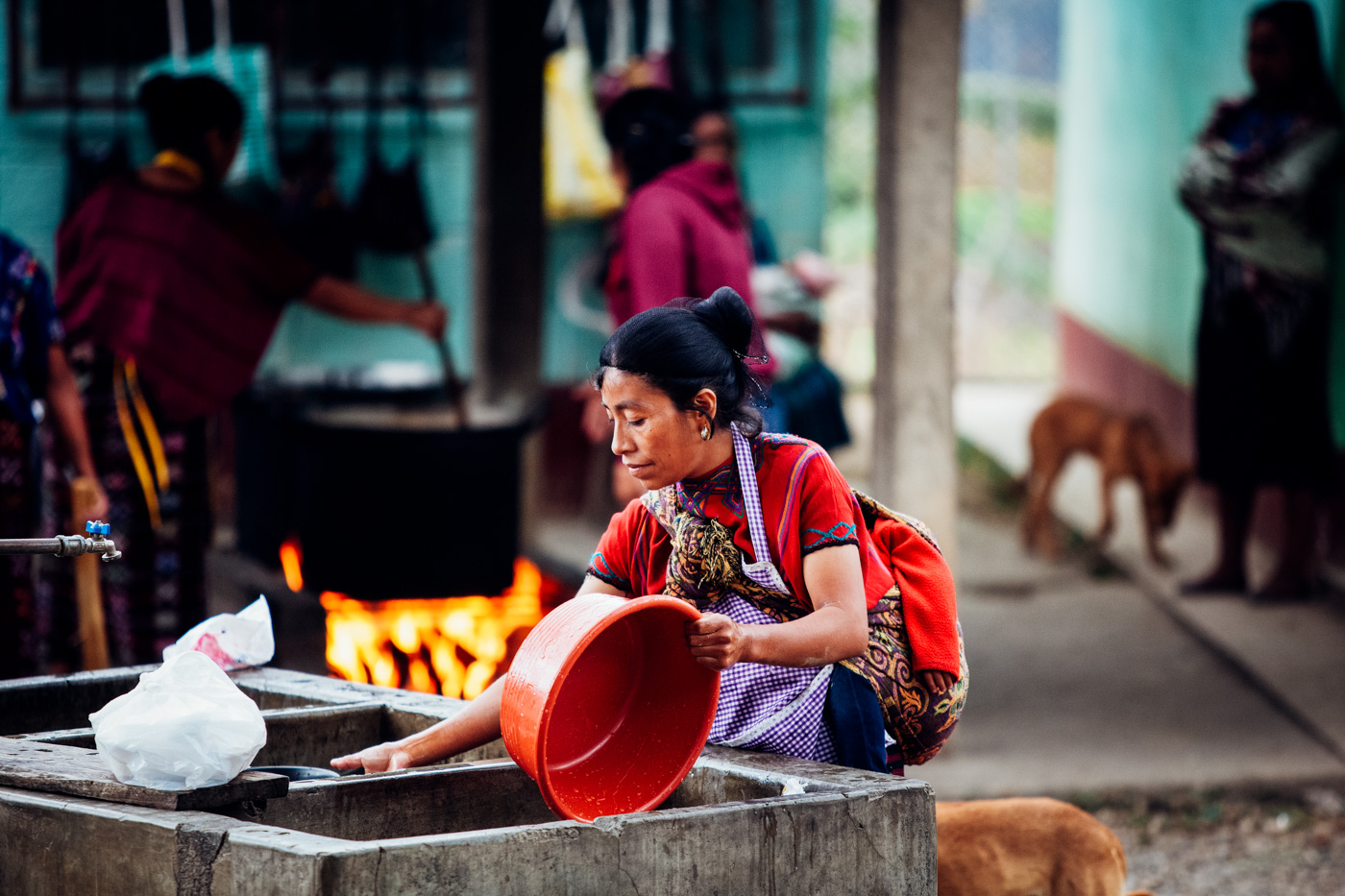
Two hours northeast of Che’joj in another part of the Huehuetenango province, Carlos Rodriguez has followed the model laid out by Anacafé (Guatemala’s national coffee association) and integrated various income-supplementing additions to his coffee farm. “He earns about 1,100 quetzales [about $140] for his eggs daily,” our translator says of the 1,600 chickens Rodriguez raises, and whose manure he uses as organic fertilizer. Rodriguez also grows plantains on his farm. He sells the fruit and uses some of the plants as shade cover for his coffee trees. But even with the multiple sources of income, Rodriguez sees most of his money go toward loan payments, chicken feed, general maintenance, and other costs.
A more lucrative crop for farmers here is cannabis. The Guatemalan government has designated this part of Huehuetenango (an area that lines the border with Mexico) a Red Zone—denoting its high rates of crime and violence. Government representatives (usually the military) inspect farms in Huehuetenango for secret cannabis plots, and burn any farms found growing the illegal crop.
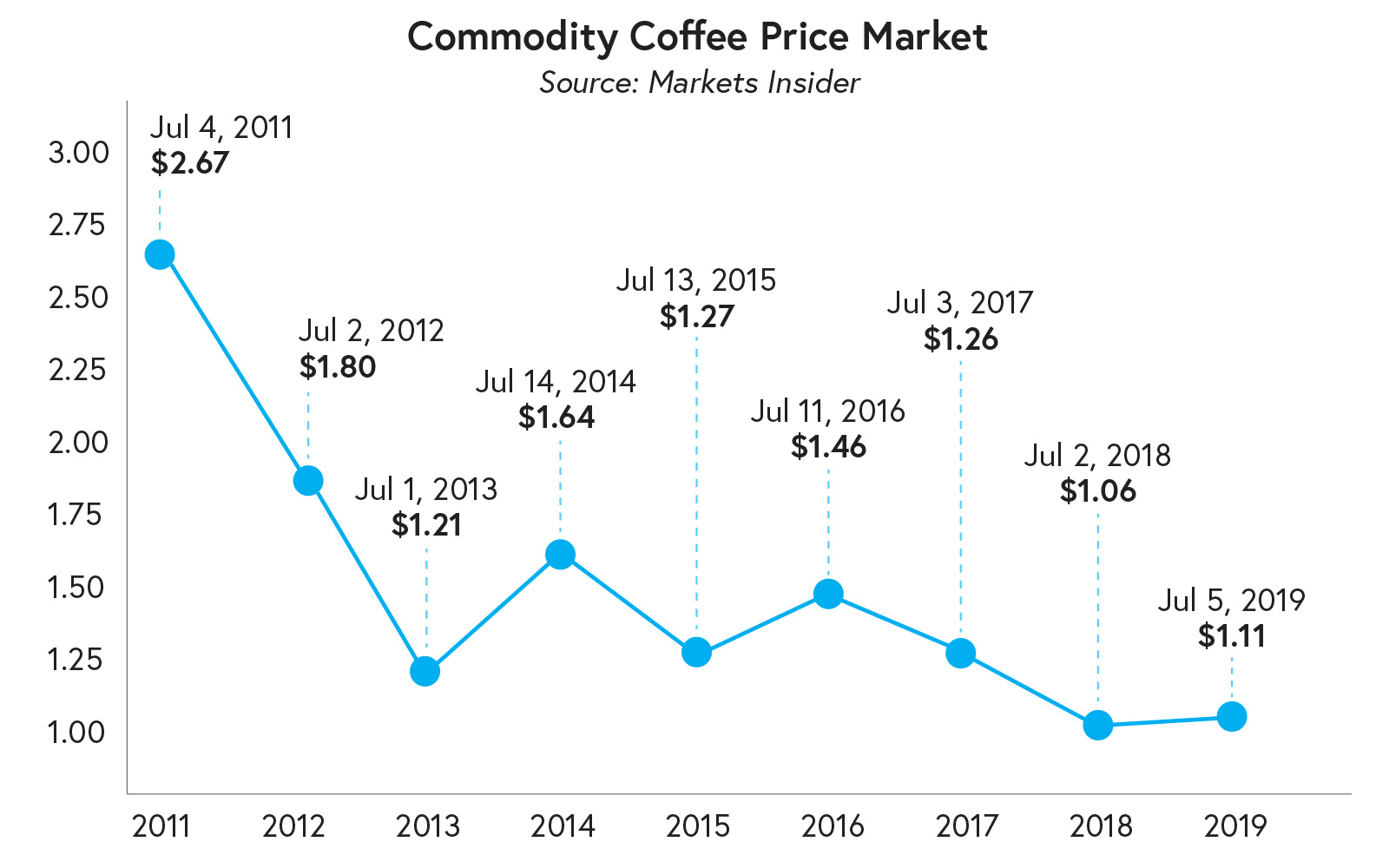
Coffee prices have been going through boom-and-bust cycles since the early twentieth century, but the International Coffee Agreement (first signed in 1963) created the International Coffee Organization, which put export quotas on coffee-producing countries to help regulate the commodity’s price. When the ICA fell apart in 1989 (after the U.S. pulled out, figuring poorer countries would no longer turn to the Soviet Union for help), the market became unregulated. Since then, coffee exports from countries like Brazil, Vietnam, Colombia and Honduras have shot-up, and prices on the New York Commodities Exchange (COMEX) have swung repeatedly—ranging from forty-three cents per pound in 2002, to over $2 per pound in 2011, and back down to a dollar per pound by the end of 2013.
Massive corporations like Nestlé and Starbucks have an easier time absorbing these fluctuations in price, as do large-scale coffee growers (primarily those in Brazil and Vietnam). However, seventy percent of the world’s twenty-five million coffee growing families are small-scale producers with farms under ten hectares. For them, such price-swings are catastrophic.
When prices are high, coffee can provide livable incomes (even considerable wealth) for growers in Central America, Asia, and Africa. When prices drop, which they frequently do, “poverty and hunger intensify, general despair emerges, and bankruptcies and unwanted migrations in search of work are the outcomes for countless thousands,” Gavin Fridell writes in Coffee. When these farmers face the added burdens caused by climate change, the profits of boom-times may still not be enough to cover the expenses of irrigation systems, pest controls and other needed improvements.
At sunset, on the outskirts of Che’joj, I visit the coffee farm of Don Jacinto Ramirez. His farm sits at an altitude of 1,800 meters above sea-level—traditionally, a very favorable altitude to grow coffee, but that is beginning to change.
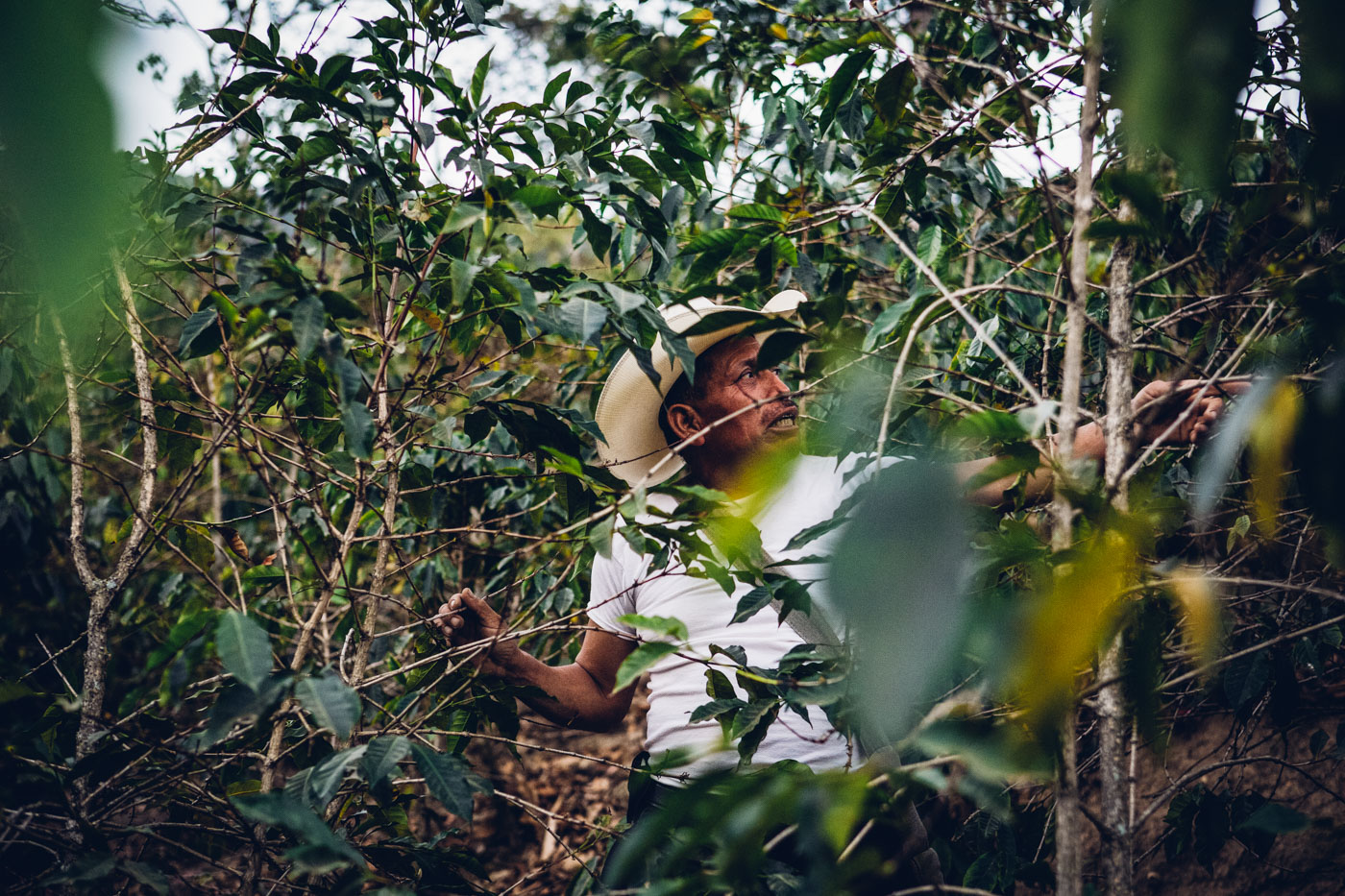
“In the mornings, it’s cool. At noon, it’s super hot. And in the afternoons, it gets cold again,” Ramirez explains. “The coffee does not have a regular temperature, and that obviously has an impact on the coffee. Temperatures are getting more extreme all the time.” These warming temperatures are also bringing pests. For Ramirez, that means nematode larvae that can destroy the roots of his coffee trees. There is no chemical treatment to protect against nematodes, so the solution is to cut the tree beneath where the larvae are. But if you miscut the trunk, you risk the larvae spreading to the roots and killing the entire tree. “You’ll have to wait another two or three years to have a big plant again,” Ramirez continues.
Going two or three years with a decreased crop yield can bankrupt farmers. Governments can try to ease this issue, although many lack the resources to implement large-scale programs. When a disease called coffee rust began spreading throughout Colombia during the 2008 season, the government-funded central coffee authority FNC (National Coffee Federation) began giving farmers a rust-resistant variety of coffee to replace their trees with. In addition, they offered technical assistance to growers, and even provided them with loans. As a result, Colombia avoided wide-spread devastation to its coffee industry and remains one of the three largest coffee-producing countries in the world.
When rust reappeared in Central America during the 2012 growing season, however, El Salvador was without the infrastructure or resources to assist its growers. As a result, El Salvador went from exporting over 1.8 million bags of coffee in 2011, to less than five hundred thousand in 2014. Many poorer farmers across the country lost much or all of their crops, and are still struggling to recover. For those pushed to the brink, the only options left were to move to the city or emigrate for a new life.
These inequities in the market have consolidated the world’s coffee production to Brazil and Vietnam, which account for twenty-eight percent and twenty-two percent of global production, respectively. Colombia, Honduras, and India round out the top five, and account for a further 23.2 percent of global production collectively.
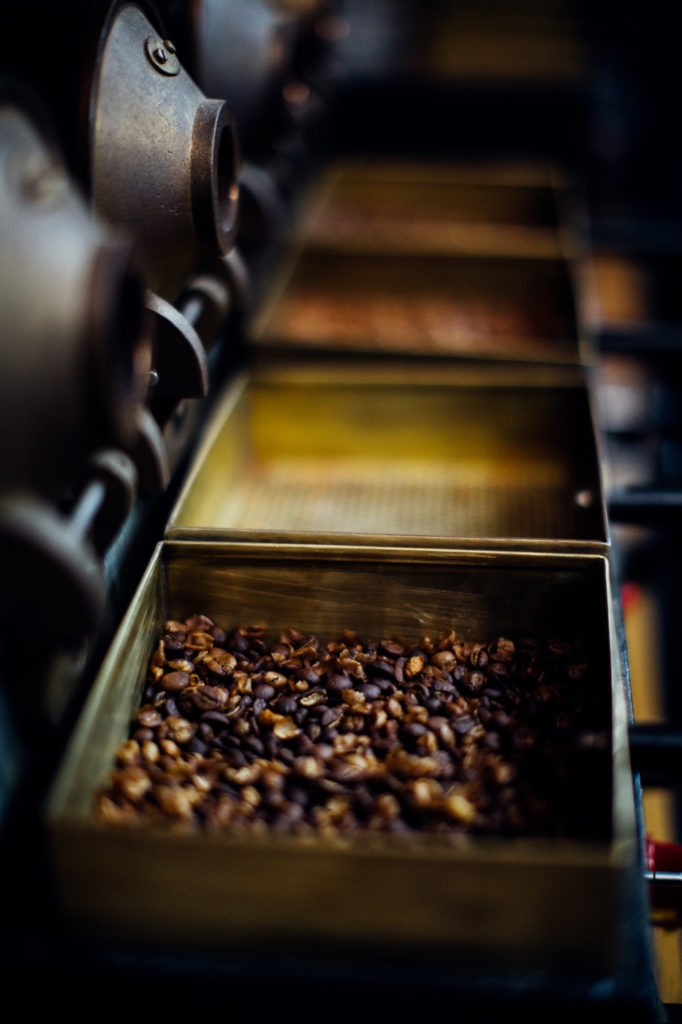
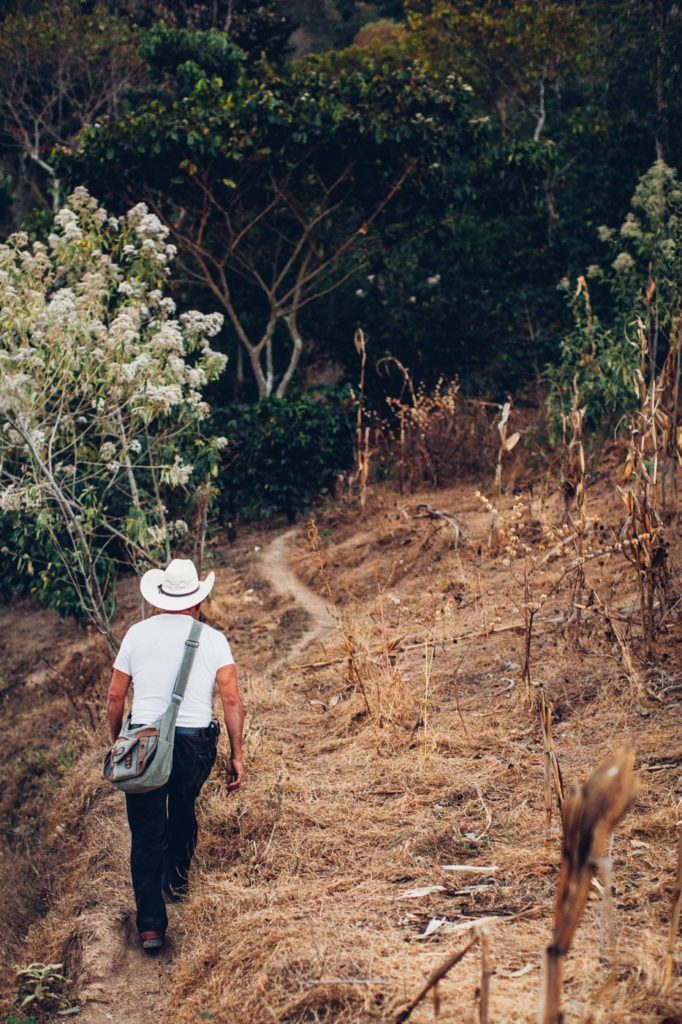
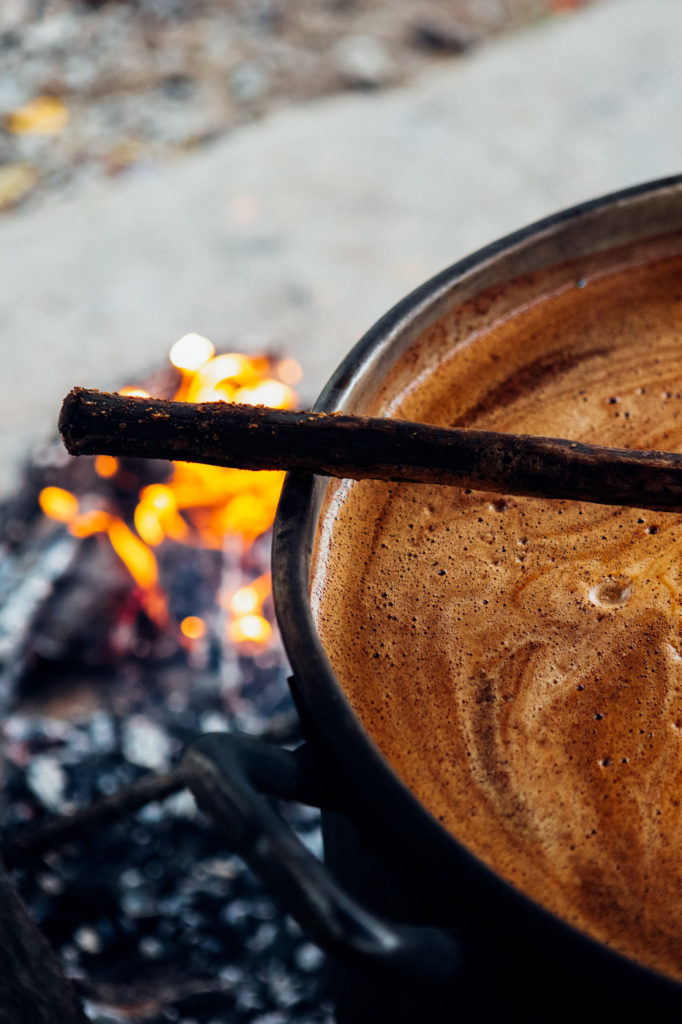
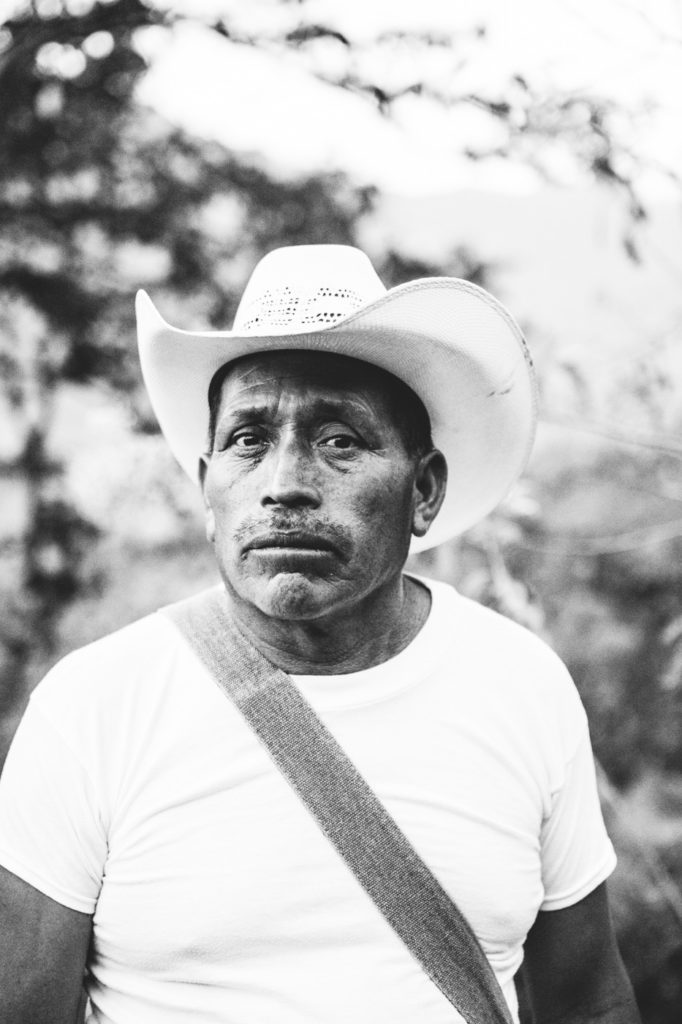
This consolidation has been underway for about twenty years, says Ric Rhinehart, executive director emeritus of the Specialty Coffee Association. “To run unchecked, it seems very likely that pattern will continue, and that coffee production will consolidate into just a few countries by-and-large,” Rhinehart tells me. “Small-holders who are not in those countries will be extraordinarily challenged. They are already struggling with not having access to the market and not having access to financing, and it’s going to be complicated by increasing costs.” Rising labor and input costs coupled with the market’s continued decline point to a future that is bleak at best for smaller farmers.
For Matt Swenson, Vice President of Coffee and Sustainability at Chameleon, the biggest fear is the recommodification of coffee. “Right now, supply is over-abundant on this planet,” he begins. “But what’s going on is it’s a lot of commercial coffee that’s being grown—in Vietnam and Brazil—that’s being called the middle-market or low-market coffees, and that’s what driving the price.” This low-quality, over-abundant coffee is keeping the commodity price down, and in turn, means $9 for a large tub of ground coffee at the supermarket, or $2.39 for a small, black coffee at your local shop.
So what happens to specialty coffee? Does high-quality, organically-grown, sustainable coffee disappear from the third-wave coffeehouses of Los Angeles, Stockholm, and Johannesburg? “What you’re going to see specialty coffee do in the next few years is we’re going to see a change—you’re going to lose these really good coffees,” Heather Perry, board president of the Specialty Coffee Association, and president of Klatch Coffee, says. Cheap, low-quality coffees will remain, while higher-quality beans will become a luxury commodity with prices to match. As Perry predicts, a great cup of coffee may soon cost $75 or more.
“In order to stay in business, what are the options for these producers?” Perry continues. Either they stop producing coffee altogether, as prices are no longer able to cover their costs, “or their option is they sell it on the market for $10, $15, $20 a pound.” That amounts to a two thousand-percent increase over current COMEX prices.
For consumers of specialty coffee across the globe, this poses a dilemma: spend increasingly higher prices (if they can afford it) in support of sustainable practices and a quality product, or turn to cheaper, commodified coffee at the risk of watching higher-grade beans disappear.
“If the demand is for cheap commodity coffee—whether you’re buying it at a convenience store, grocery store or wherever—that’s where the market is going to move,” Campbell says. “So as we educate consumers and pull people to a different place, you potentially drive those market forces. We’ll eventually get there. We have a shot.”
It’s a hope Perry shares, too. “Everybody knows this isn’t sustainable long-term for us,” she says of the specialty coffee industry should prices remain low and environmental threats go unaddressed. According to Perry, for roasters and café owners to continue serving great coffee, and for it to stay accessible to people, “things have to change.”
“What’s exciting is nobody is looking at this saying, ‘It’s probably not a big deal; it’ll take care of itself,’” Perry concludes. “Everybody is looking at it from an angle of, ‘What can we do?’”






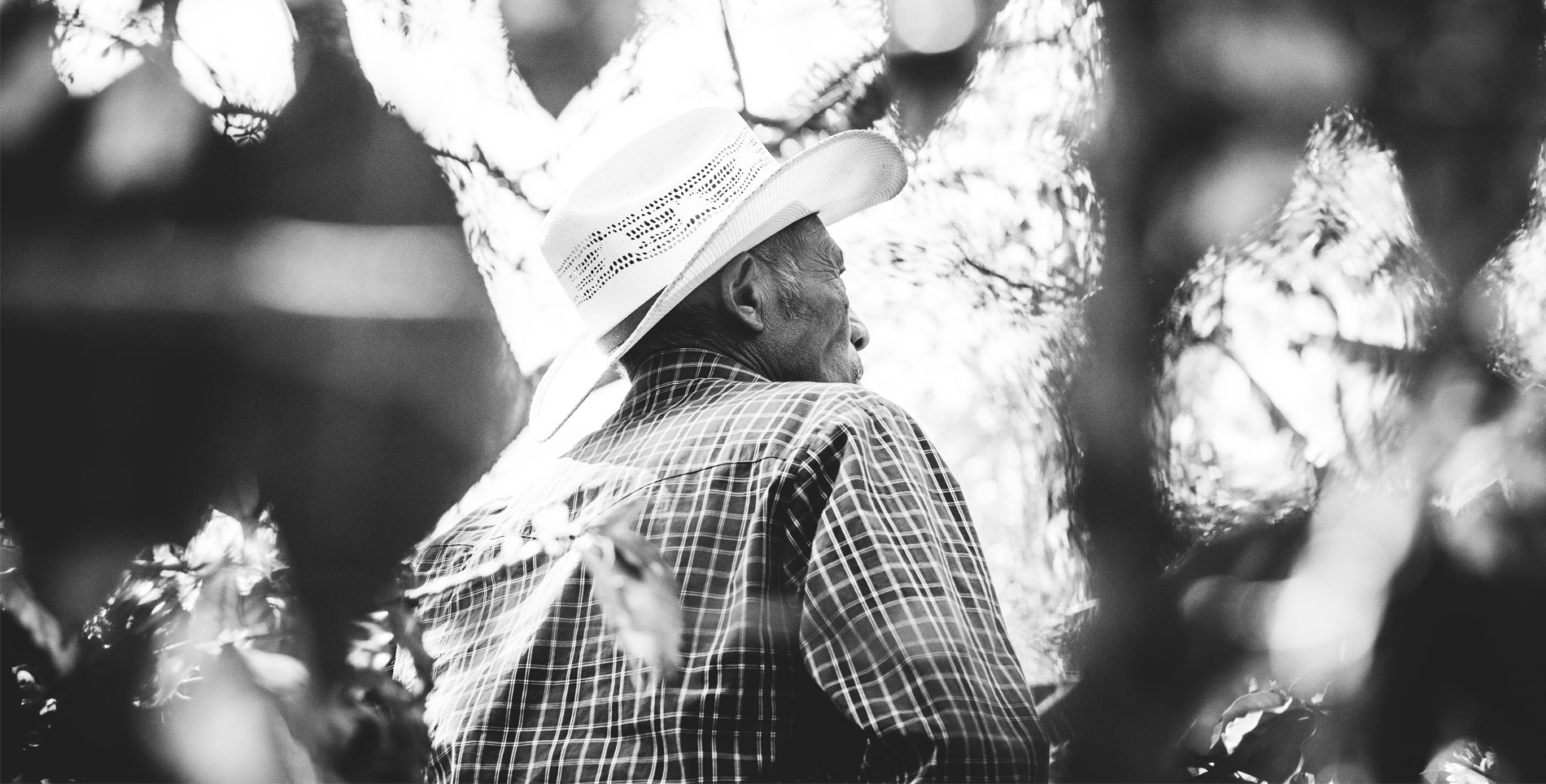

Our comments section is for members only.
Join today to gain exclusive access.